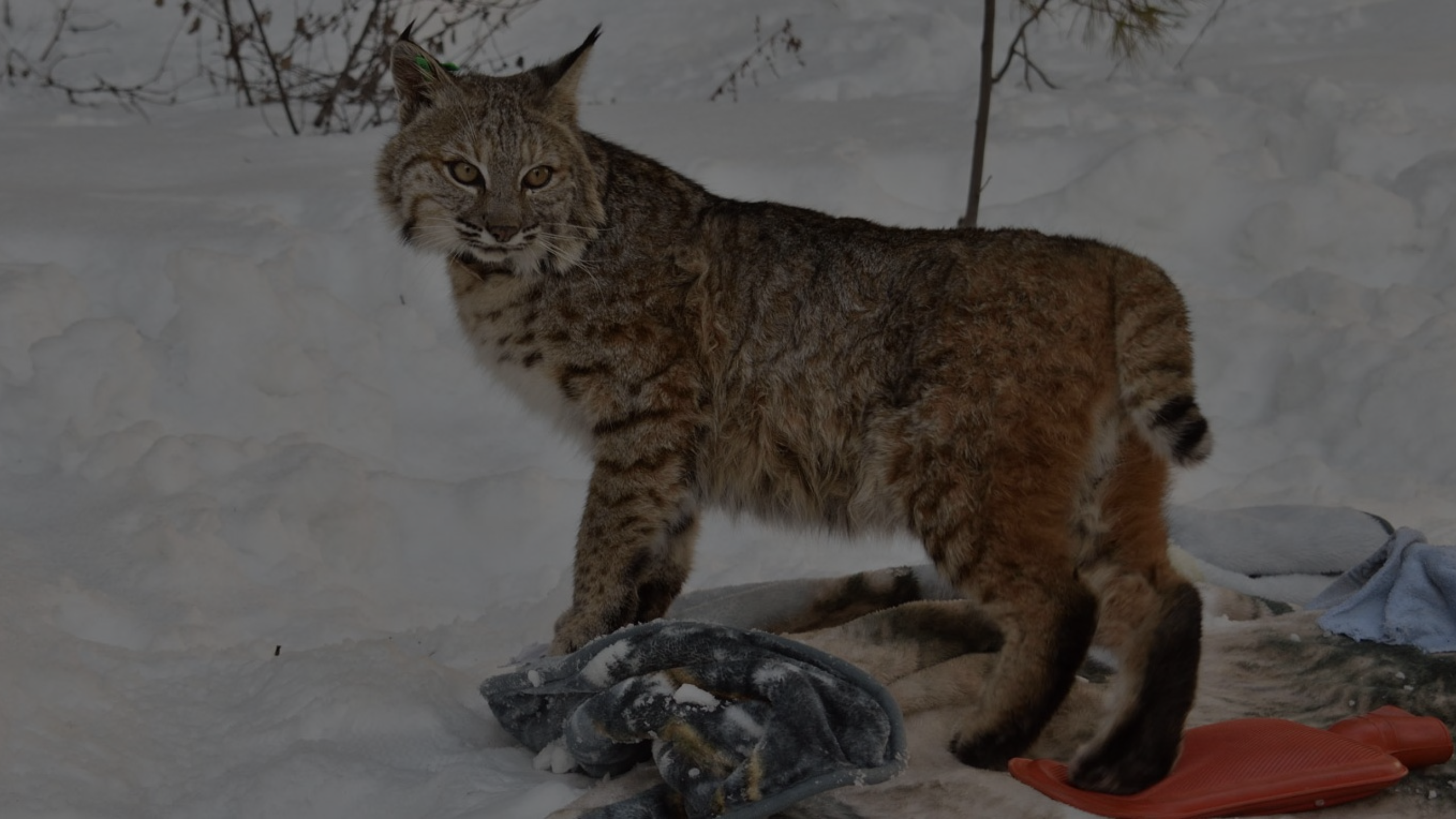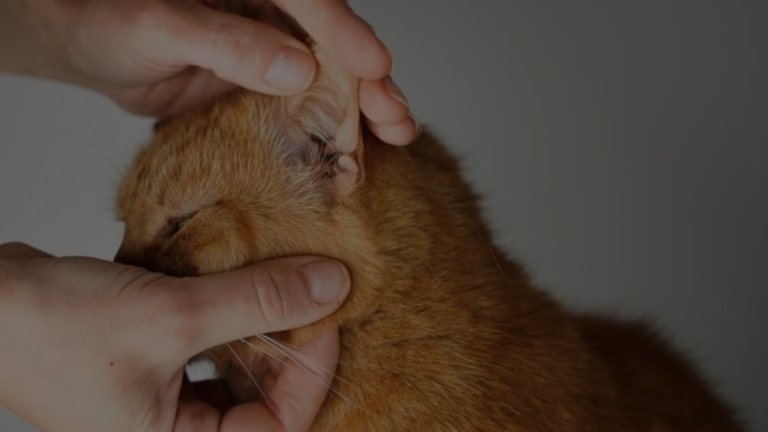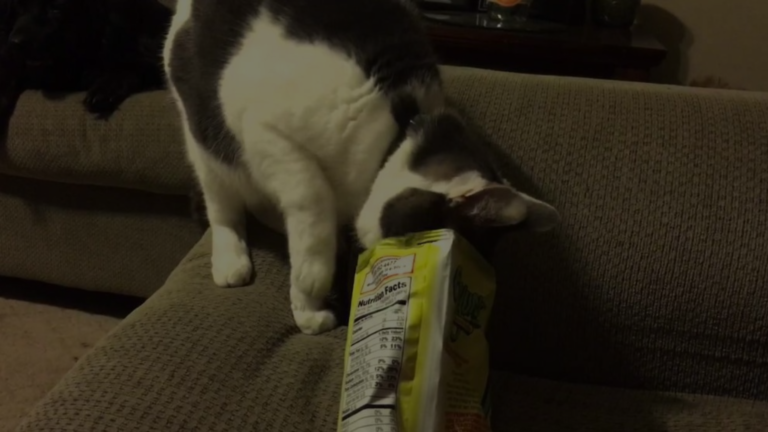Cats are cherished members of countless households, offering companionship and joy to their owners. However, they are not only adored by humans but are also on the radar of some natural predators, with coyotes being one of the most formidable. Understanding how far away can a coyote smell a cat is crucial for keeping your feline friends safe.

The Remarkable Scenting Abilities of Coyotes
Coyotes, often seen as crafty and elusive creatures, possess an astonishing sense of smell. Their olfactory system is finely tuned to detect various scents over great distances. Here’s how they do it:
Acute Olfactory Receptors
Coyotes have approximately 300 million olfactory receptors in their noses, compared to humans who have around 5-6 million. This incredible number of receptors enables them to pick up even the faintest odors, including the scent of a cat.
Long-Range Detection
Coyotes can detect scents from afar due to their elongated and sensitive snouts. They can identify the smell of a cat from up to 1 mile away under favorable wind conditions.

Wind as an Ally
Wind plays a vital role in scent detection. Coyotes are known to use the wind to their advantage, positioning themselves upwind from their prey. This tactic allows them to intercept the scent trail of a cat and stalk it stealthily.
Factors That Influence Scent Detection
While coyotes have an impressive ability to detect scents, several factors can affect how far away they can smell a cat:
Wind Direction and Speed
As mentioned earlier, wind is a key factor. The direction and speed of the wind can either carry a cat’s scent towards or away from a coyote, impacting the distance at which it can be detected.
Terrain and Obstacles
The type of terrain and the presence of obstacles can alter the effectiveness of scent detection. Open fields allow scents to disperse more easily, while dense vegetation or buildings can obstruct the scent trail.
Weather Conditions
Extreme weather conditions such as heavy rain or snow can dampen scents and reduce their detectability. On the other hand, hot and dry weather conditions may enhance scent dispersion.
Protecting Your Cat from Coyotes
Now that we understand how formidable a coyote’s sense of smell is, let’s explore some practical ways to protect your beloved cat:
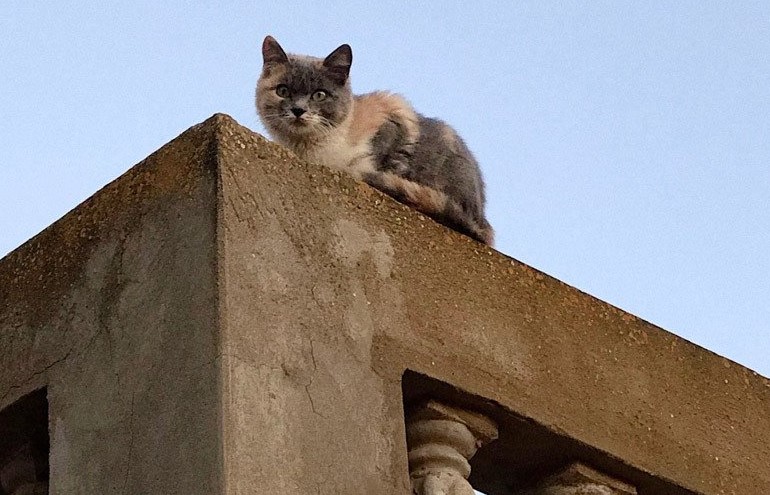
Keep Cats Indoors
The safest way to prevent encounters with coyotes is to keep your cat indoors, especially during dawn and dusk when coyotes are most active.
Supervised Outdoor Time
If your cat enjoys outdoor time, consider supervising them in a secure and enclosed area. Outdoor enclosures or “catios” are excellent options for providing fresh air and safety.
Install Motion-Activated Lights
Coyotes are usually wary of well-lit areas. Installing motion-activated lights in your yard can deter them from approaching.
Remove Attractants
Don’t leave pet food or garbage outside, as these can attract not only coyotes but also other wildlife that may pose a threat to your cat.

Fencing
Install a sturdy fence around your property to create a barrier that coyotes cannot easily breach.
Coyote-Proof Collar
Consider using a coyote-proof collar with a breakaway feature for your cat. These collars are designed to release if your cat is caught, allowing them to escape.
Scents and Deterrents
Some pet owners use scent deterrents that are unpleasant to coyotes, such as wolf urine or motion-activated sprinklers.
Educate Your Neighbors
Share information about coyote behavior and safety measures with your neighbors to create a safer community for all pets.
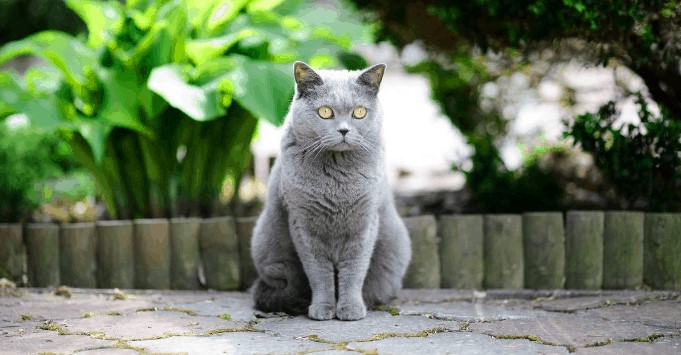
Resources & References
For more information on coyotes and keeping your cats safe, please refer to the following resources:
Recommended Articles
Additionally, you can explore the following PDF resources:
 Loading...
Loading...How To Keep Cats Safe From Coyotes (Video)
To further enhance your understanding of protecting your cats from coyotes, check out this informative YouTube video. This video provides valuable insights and practical tips for safeguarding your feline companions.
In conclusion, understanding the remarkable scent-detecting abilities of coyotes is essential for ensuring the safety of your beloved cats. By taking proactive measures and implementing the tips provided, you can create a secure environment where your feline friends can thrive without the threat of coyote encounters.
FAQs – Coyote Smell a Cat
Are coyotes afraid of cats?
No, but they may be wary of a large or aggressive cat.
Are coyotes attracted to cats?
Yes, coyotes are attracted to cats as prey. Cats are small and easy to catch, and their scent can attract coyotes from a distance.
Can coyotes smell other animals?
Yes, coyotes have a very good sense of smell. They can use their sense of smell to find food, mates, and potential predators.
Do coyotes go after cats?
Yes, coyotes do go after cats. Cats are a common prey item for coyotes, which are known to kill and eat cats.
Do cats know to avoid coyotes?
Some cats may know to avoid coyotes, but others may not. Cats are curious animals, and they may not realize the danger that coyotes pose.
What do coyotes fear the most?
Coyotes are most afraid of humans. Humans are the apex predators in coyotes’ environment, and coyotes will generally avoid humans if possible.
What happens when a coyote gets a cat?
If a coyote catches a cat, it will likely kill and eat the cat. Coyotes are opportunistic predators, and they will take advantage of any available food source.
How often do coyotes eat cats?
Coyotes eat cats regularly, especially in areas where coyotes and cats coexist. A study by the National Park Service found that cats made up 20% of the diet of urban coyotes.

